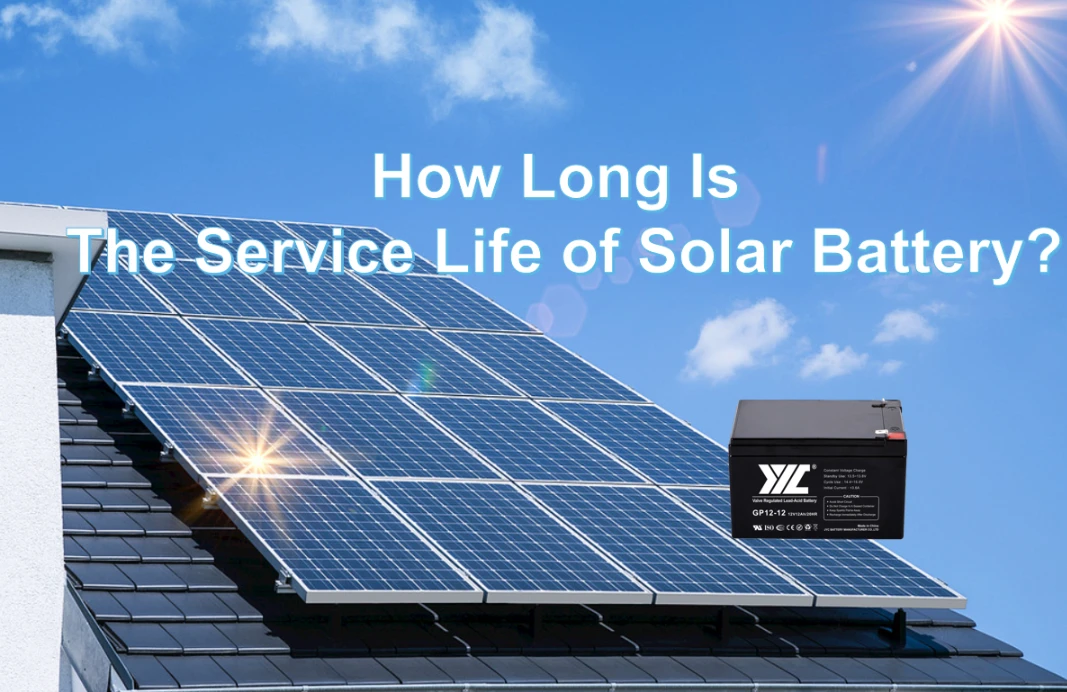
The main solar battery currently in widespread use are: ordinary lead-acid maintenance-free batteries and gel batteries. These two types of batteries are very suitable for reliable solar power systems, especially unattended workstations, because of their inherent maintenance-free characteristics and less environmental pollution. So how long is the service life of solar batteries?
If you charge it once a day, it will take about three years, and if you use a charge balancer, it will take about five years.
With the widespread use of solar photovoltaic power generation systems, people are paying more and more attention to their supporting batteries. Solar batteries should have the following characteristics:
- Better deep cycle capability, with good over-charge and over-discharge capability.
- Long life: special process design and gel electrolyte to ensure the long life of the battery.
- Applicable to different environmental requirements, such as high altitude, high temperature, low temperature and other different conditions.
How Solar Batteries Work:
The sun shines on the solar modules during the day, causing the solar modules to produce a certain magnitude of DC voltage, which convert the light energy into electrical energy and then transmits it to the intelligent controller. Through the intelligent controller’s overcharge protection, the electrical energy from the solar module is transferred to the battery for storage; storage requires a battery, which is an electrifying device that stores chemical energy and discharges it when necessary.
The main components of lead-acid batteries are as follows:
- Anode plate (lead peroxide.PbO2)—>active material
- Cathode plate (sponge lead.Pb)—>active material
- Electrolyte (dilute sulfuric acid) —> sulfuric acid (H2SO4) + water (H2O)
- Battery case
- Separator
- Others (liquid port plug, cover, etc.)
How to Identify Good and Bad:
To make the battery system have high reliability, the battery must first be selected correctly. There are differences in the design of UPS and communication batteries: some batteries have better cycle characteristics, some batteries are suitable for starting, some batteries are for low-temperature environments, and some batteries are for low-current discharge.
When selecting batteries, it is very necessary to understand the differences in process and use of various batteries. First of all, we must fully understand the user’s own needs for the product. For example, the capacity requirements of the backup power system, the frequency of use, the environment of use, the main purpose, service life, reliability requirements, instantaneous discharge rate, rectifier specifications and other battery-related performance requirements.
Secondly, it is important to understand the electrical performance of the battery, including product design parameters (battery model, battery manufacturer, external dimensions, maximum voltage, rated voltage, low-temperature resistance, volumetric specific energy, depth of discharge, design life, number of positive and negative plates, positive and negative plate thickness ratio, electrolyte density, type of plate, plate grid material, warranty life, etc.), product electrical performance parameters, the actual service life of the product, installation and use environment, performance and price of different models, warranty period of different types of products, etc.
JYC Battery, a battery manufacturer specializing in solar batteries and UPS batteries, offers ODM & OEM services to meet your different battery needs.



